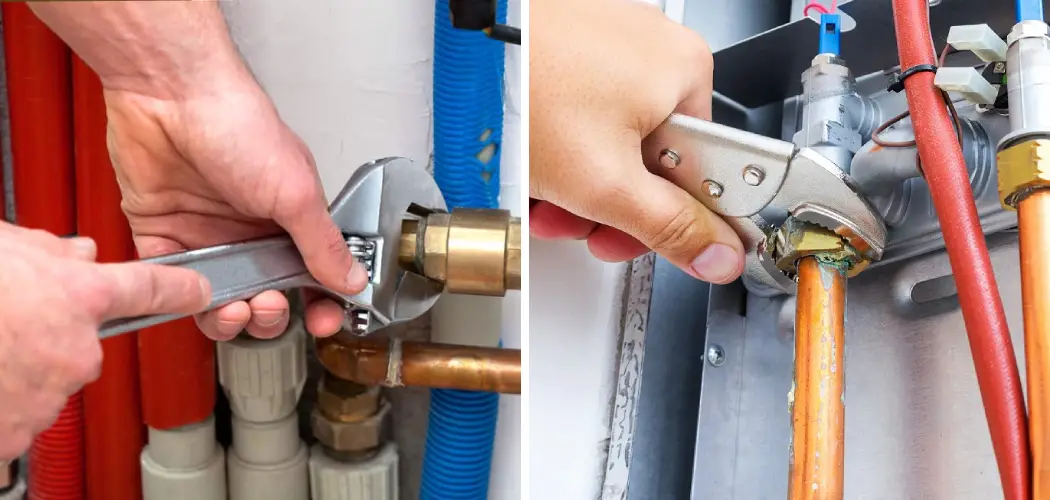Have you ever found yourself standing in your basement under a leaky pipe, wrench in hand, cursing the rusty fitting that refuses to budge no matter how hard you twist? We’ve all been there – staring down a simple plumbing issue that, for some reason, just won’t cooperate. What’s a frustrated DIYer to do when ordinary muscle power isn’t enough to loosen those pesky fittings?
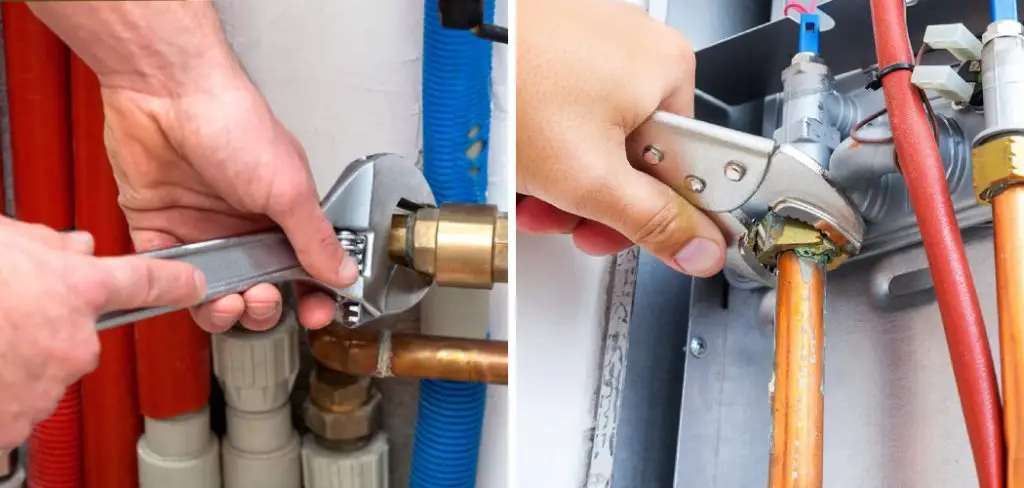
Fear not, my plumbing-challenged friends, help is here. With the proper techniques and tools, you can say goodbye to hand cramps and hello to free-flowing water without having to call in the professionals.
In this post, I’ll share my top tips and tricks for loosening even the most stubborn plumbing fittings around your home. By the time you’re finished, that galvanized steel will be quickly turning. Let’s get started on how to loosen plumbing fittings!
Necessary Items for Loosening Plumbing Fittings
Before jumping into the methods, let’s ensure you have all the necessary items to get the job done. Here’s a list of tools and materials you’ll need:
- Adjustable wrench or pipe wrench
- Vice grips or pliers
- WD-40 or similar lubricant
- Rubber gloves (to protect your hands)
- Clean cloth or rag
- A bucket to catch any water spillage
- Sandpaper (optional)
10 Methods on How to Loosen Plumbing Fittings
Method 1: Applying Heat
Applying heat is one of the most effective and commonly used methods for loosening stubborn plumbing fittings. This technique works best on metal fittings, such as galvanized steel or copper, as they can withstand high temperatures.
To start, use an adjustable or pipe wrench to grip the fitting and hold it in place. Then, apply direct heat to the fair for several minutes using a heat gun or propane torch. Be sure to wear protective gloves and avoid touching the hot metal. The heat will expand the metal and break down any corrosion or rust buildup, making it easier to loosen.
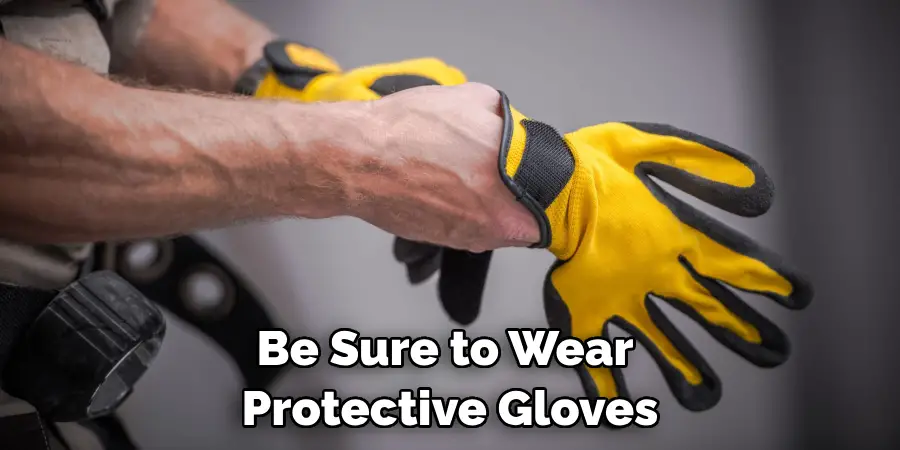
Once you’ve heated the fitting, try twisting your wrench or pliers counterclockwise. The heat should have loosened the fitting enough for you to remove it successfully.
Method 2: Using a Pipe Wrench or Vice Grips
For fittings that are incredibly stuck and won’t budge with hand strength alone, using a pipe wrench or vice grips can provide the extra leverage needed to loosen them. These tools have teeth that grip onto the fitting, making it easier to turn.
To use a pipe wrench or vice grips, simply adjust the tool’s jaw size to fit snugly around the fitting, then apply pressure and twist in a counterclockwise direction. Be careful not to apply too much force, which could damage the fitting or pipe. Use a cloth or rubber grip for added friction if the fitting still doesn’t turn.
Method 3: Using Lubricant
If heat and extra leverage don’t work, it may be time to bring in some lubricant. WD-40 or a similar lubricant can work wonders on stuck plumbing fittings by breaking down rust and corrosion, making it easier to twist them loose.
To use this method, simply spray a generous amount of lubricant onto the fitting and let it sit for several minutes. Then, using your wrench or pliers, try turning the fitting counterclockwise. You can apply more lubricant and let it sit longer before attempting to ride again.
Method 4: Tapping with a Hammer
Sometimes, a little bit of force is necessary to loosen stubborn fittings. In this case, using a hammer to tap the fitting lightly can help loosen it up.
To use this method, wear protective gloves and hold the fitting firmly with one hand while tapping it lightly with the hammer in the other. This should help break down rust or corrosion and allow you to turn the fitting more easily.
Method 5: Using a Rubber Strap Wrench
A rubber strap wrench can come in handy for fittings that are in tight spaces or difficult to grip with traditional wrenches. This tool uses a flexible rubber strap to grab onto the fitting, making turning easier without causing damage.
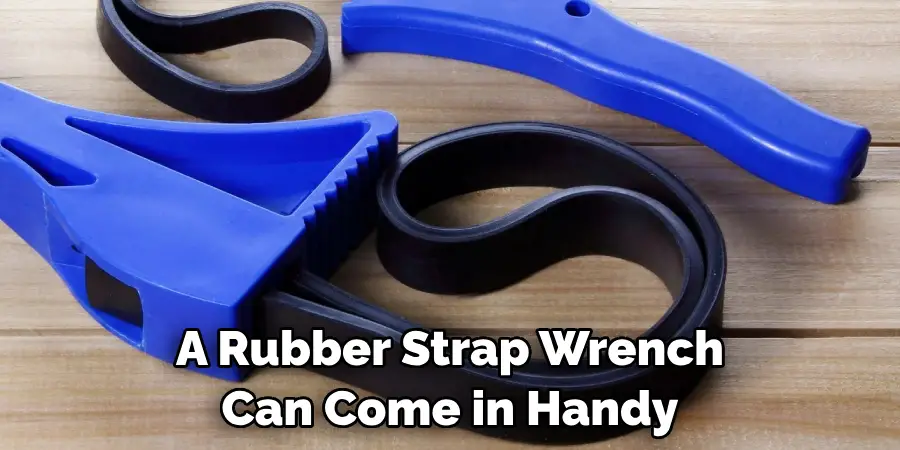
To use this method, wrap the rubber strap around the fitting and tighten it until it grips securely. Then, turn in a counterclockwise direction to loosen the fitting.
Method 6: Applying Cold Water
Just as heat can help expand metal and loosen fittings, cold water can have the opposite effect by contracting metal and making it easier to remove fittings. This method works best on plastic or PVC fittings that can’t withstand high temperatures.
To use this technique, simply run cold water over the fitting for several minutes before attempting to remove it. Try using an ice pack or a bag wrapped around the fitting for added coldness.
Method 7: Sanding Down Corrosion
If a fitting is incredibly corroded and none of the above methods are working, you may need to physically remove the corrosion before being able to loosen it.
To do this, use sandpaper or an emery cloth to remove any visible rust or corrosion from the fitting gently. Then, try using one of the previously mentioned methods again.
Method 8: Using a Pipe Cutter
Sometimes, the fitting may need to be fixed or corroded to salvage and must be replaced. In this situation, using a pipe cutter can help remove the fitting without damaging the surrounding pipes.
To use this method, simply place the pipe cutter around the affected section of the pipe and tighten it until it cuts through. Then, replace any remaining pieces of the fitting with a new one.
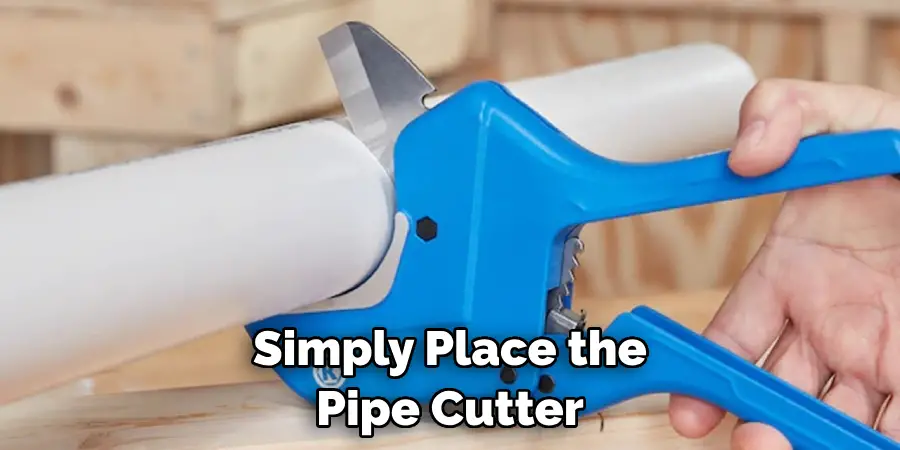
Method 9: Applying Penetrating Oil
Like lubricants, penetrating oil breaks down rust or corrosion and makes it easier to remove fittings. This method is best used for highly stuck fittings that won’t budge with other methods.
To use this technique, apply the penetrating oil to the fitting and let it sit for several hours or overnight. Then, try using one of the abovementioned methods to remove the fitting.
Method 10: Seeking Professional Help
If all else fails and you can still loosen the plumbing fittings, it may be time to seek help from a professional plumber. They will have the tools and expertise needed to safely and effectively remove the fittings without causing damage to your plumbing system. It may cost more, but it’s better than causing further damage by attempting to force the fitting loose yourself.
5 Things to Avoid When Loosening Plumbing Fittings
While there are several effective methods for loosening plumbing fittings, you should also avoid some things to prevent causing damage or worsening the problem. Here are five things to keep in mind when attempting to loosen stubborn fittings:
1. Using Too Much Force
As with any DIY project, it’s essential to use caution and not apply excessive force when trying to loosen plumbing fittings. This can cause damage to the fitting or pipe and make the problem even more challenging to fix.
2. Not Using Protective Gloves
Some of the methods mentioned above may involve using heat, chemicals, or brute force, which can all harm your hands. Be sure to wear protective gloves at all times to avoid burns, cuts, or irritation.
3. Using the Wrong Type of Wrench
Using the wrong type of wrench can also cause damage to fittings and pipes. For example, using a regular wrench on a rounded fitting can strip the metal and make removing it even more challenging. Always use the appropriate wrench for the fitting you’re trying to loosen.
4. Ignoring Safety Precautions
Whether you’re using heat, chemicals, or tools, always following safety precautions is essential. This may include wearing protective gear, working in a well-ventilated area, or having someone nearby in emergencies.
5. Not Seeking Professional Help When Needed
If you’ve tried multiple methods and still can’t loosen a fitting, it may be time to seek professional help. A licensed plumber will have the proper tools and experience to tackle even the most stubborn plumbing fittings without causing damage.
Frequently Asked Questions
What if I Can’t Loosen the Fitting After Trying These Methods?
If none of these methods work, a more severe issue may be at play, such as a broken or damaged pipe. In this case, it’s best to call a professional plumber for assistance. Trying to force the fitting loose could cause further damage and result in a costly repair.
How Can I Prevent Fittings from Sticking in the Future?
To prevent fittings from sticking or becoming too difficult to remove, it’s essential to maintain your plumbing system regularly. This may include using lubricant on fittings, checking for signs of corrosion or rust, and replacing old pipes or fittings as needed. Regular maintenance can prevent future problems and save you time and money in the long run.
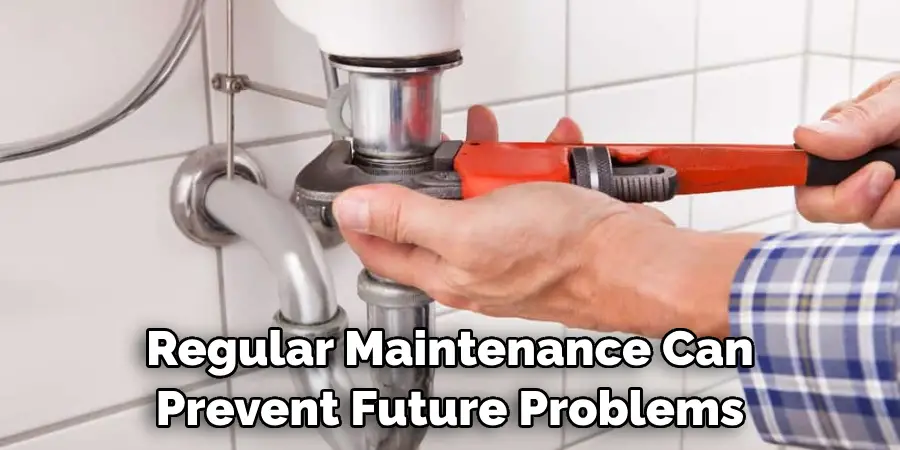
What if I Don’t Have Access to These Tools?
If you don’t have access to tools like a pipe wrench or vice grips, alternative methods include using a hairdryer on high heat or boiling water to expand the metal or using a rubber jar opener for added grip on the fitting.
Can These Methods Be Used on All Types of Fittings?
These methods are generally used on most fittings, including iron, brass, and plastic. However, it’s always important to exercise caution and use the appropriate tools for the specific type of fitting you’re trying to loosen. Always consult a professional if you need help removing a fitting safely.
Conclusion
There’s no doubt that adequately maintaining plumbing fittings is integral to home repairs. It is wise to stay proactive with maintaining these fittings; there are ways to ensure proper functionality. We’ve just looked at how to loosen plumbing fittings that may have become stuck over time, but it is always best practice to perform regular maintenance on them.
If you find yourself stuck and unable to properly loosen a fitting, call your local plumber for expert assistance. And remember, tackling this task yourself can be immensely satisfying and cost-effective when done right! So don’t hesitate the next time you need to maintain some snug fixtures and get those loose using our simple instructions!

